Science Shop
Advertisement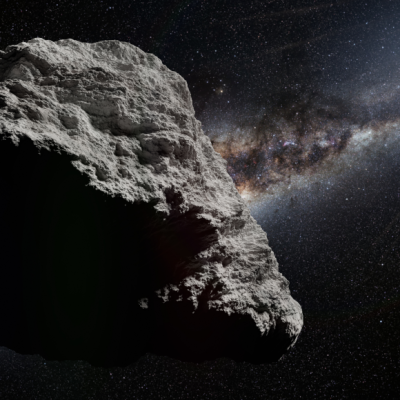
Asteroid: Future Habitable Space Base
- By Geert Devenster
- . November 7, 2023
An asteroid could be transformed into a habitable space station with artificial gravity for a cost of only $4.1 billion, according to a study by
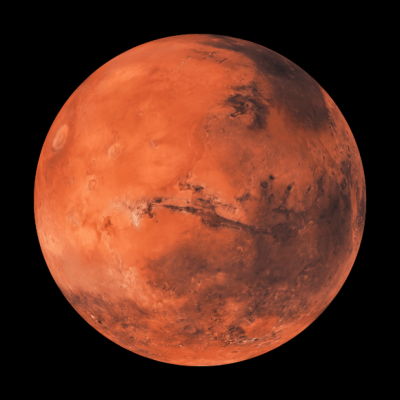
Exploring Mars Settlement with Tunnels
- By Geert Devenster
- . July 27, 2023
In a bid to explore the possibility of colonizing Mars, scientists in England have set up the Bio-SPHERE project in a large tunnel system. The
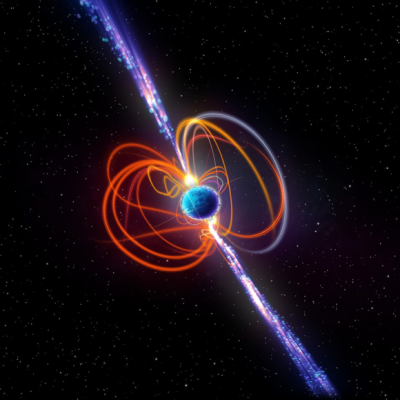
Mysterious celestial body emits strange signals.
- By Geert Devenster
- . July 24, 2023
Astronomers have discovered a celestial object that emits radio signals every 22 minutes, a phenomenon that should not be possible according to current scientific understanding.

3D-Printed Moon Base in China
- By Geert Devenster
- . July 3, 2023
China has announced plans to conduct multiple moon missions in the coming years, with the goal of establishing a permanent base on the lunar surface
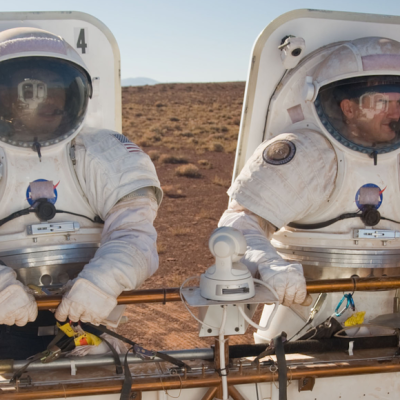
NASA Launches Analog Mars Mission
- By Geert Devenster
- . June 29, 2023
NASA has launched its analog Mars mission, Crew Health and Performance Exploration Analog (Chapea), to simulate life on the Red Planet. The mission will last
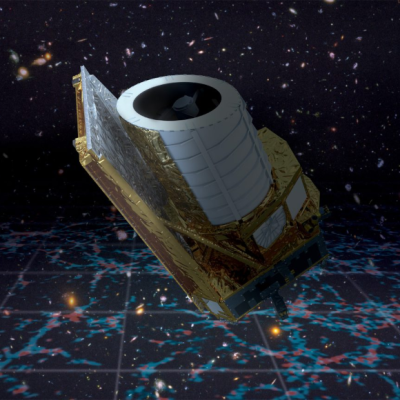
ESA Telescope Searches for Dark Matter
- By Geert Devenster
- . June 28, 2023
The European Space Agency’s Euclid telescope is set to be launched into space by a Falcon-9 rocket from SpaceX. The mission aims to provide new
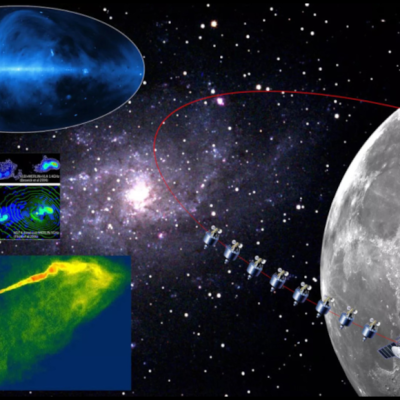
China to Build Radio Telescope in Lunar Orbit
- By Geert Devenster
- . June 12, 2023
China has announced plans to build a satellite network in the moon’s orbit to investigate the dark age of the universe. This period occurred shortly

ESA explores nuclear-powered rockets for Moon and Mars missions.
- By Geert Devenster
- . May 6, 2023
The European Space Agency (ESA) has commissioned a feasibility study on nuclear-based electric propulsion (NEP) for space travel. This technology could significantly accelerate missions to
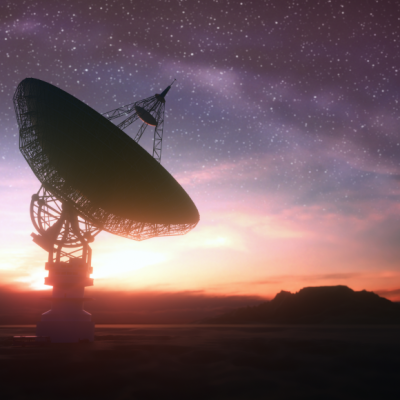
No Alien Signals Found Yet.
- By Geert Devenster
- . May 6, 2023
For 60 years, radio telescopes have been searching for signals from extraterrestrial civilizations. However, a recent study explains why the search has been unsuccessful and

Chinese Space Station Studies Gamma Ray Bursts
- By Geert Devenster
- . May 5, 2023
A new measuring instrument developed by scientists from Switzerland and Germany is set to explore the origins of gamma-ray bursts. The instrument, called Polar 2,









